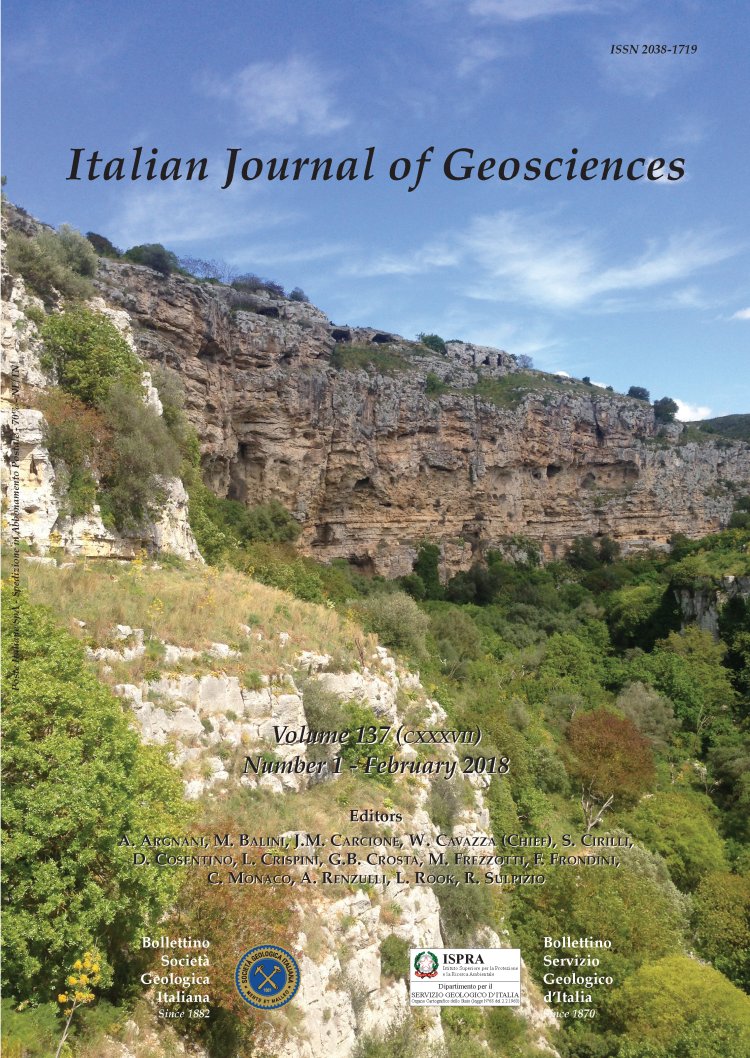
The Scaglia Toscana Formation of the Monti del Chianti: new lithostratigraphic and biostratigraphic data
Enrico Pandeli (*,**), Milvio Fazzuoli (*), Fabio Sandrelli (***), Roberto Mazzei (***), Simonetta Monechi (*), Marisa Nocchi (****), Ivan Martini (***) & Gigliola Valleri (*)
(*) Dipartimento di Scienze della Terra dell'Università di Firenze, Via G. La Pira, 4 – 50121 Florence (ITALY). Corresponding author e-mail: enrico.pandeli@unifi.it. (**) IGG-CNR Sezione di Firenze, Via G. La Pira, 4 – 50121 Florence (ITALY). (***) Dipartimento di Scienze Fisiche, della Terra e dell'Ambiente, dell'Università di Siena, Via Laterina, 4 – 53100 Siena (ITALY). (****) Dipartimento di Scienze della Terra dell'Università di Perugia, Viale Zefferino Faina, 4 - 06123 Perugia (ITALY). Dipartimento di Scienze della Terra dell' Università di Firenze, Via G. La Pira, 4 – 50121 Firenze (ITALY) – Tel. (055) 2757530.
Abstract
Keywords
Get Full Text Supplementary Material Attached